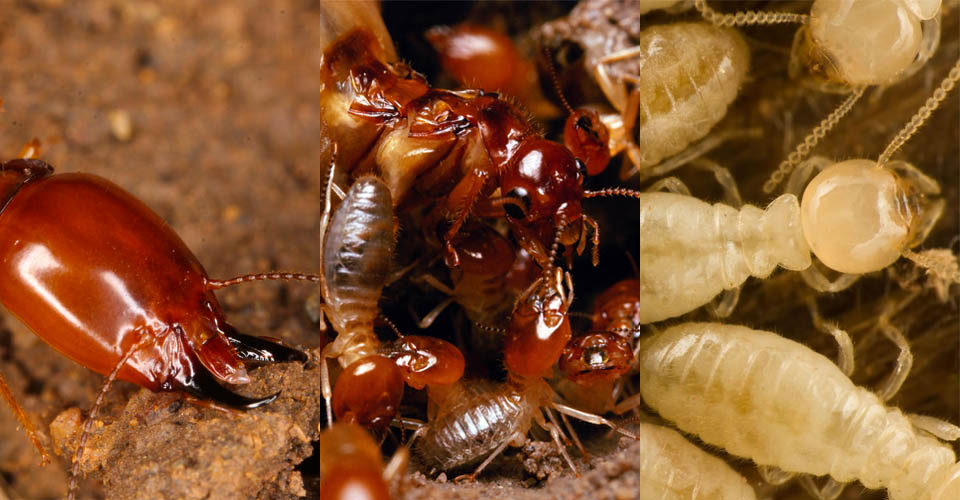

Termites
These creatures are one of the most successful insects in the planet. Termites are mostly blind, so they use their versatile antennae to distinguish odor, touch, and taste. Measuring at about 4 to 5 millimeters, these animals live together in a collection referred to as a ‘colony’. Colonies can range from a few hundreds to an enormous population of millions. Although their population is enormous, most of the colony is composed of sterile males and females that end up being workers or soldiers, while the few males and females that are fertile become kings and queens.
Overall there are 3,106 species of termites, 183 are known to cause damage, and only 83 are known to cause severe damage to wooden structures. Termites are one of the most wide spread pests here in the Philippines because they thrive in warm climates and feed on cellulose rich materials such wood and decaying vegetation. So far, there are 4 common species invading homes and establishments here in the Philippines. These are: Micro, Macro, Copto and Nasuti termites.
Diet
It is widely believed that termites exclusively feed on wood. While this is true, they specifically feed only on dead wood, though some species are attracted to certain types of wood, some species don’t even feed on wood at all. Only those that feed on wood are considered as pests. Termites are detritivores, this means that termites only feed on plant matter that are decomposing. Despite feeding on a wide array of decaying plant matter, they have one thing in common, they feed on cellulose rich organic matter.
Hierarchy
Termite colonies are called ‘superorganisms’ because they are self-regulating. In order to achieve this effect, members of the colony are divided into groups according to their roles. Which are: workers, soldiers, queens, and a single king. The roles within the termite colony are equally important because if one entire role fails, this intricate system collapses.
-
Queen
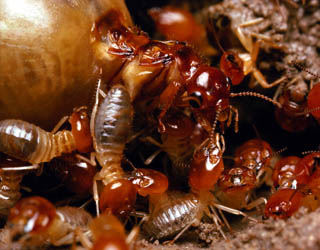
In charge of bolstering the population of the colony. The queen’s abdomen swells up to increase her reproductive capabilities. The queen also only mates with one king in her entire lifespan. Though insects have a relatively short life span, some termite queens have been known to live up to 40-50 years.
-
Worker
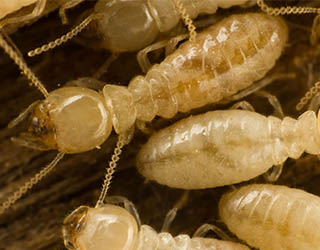
The worker termite plays multiple roles in the colony’s system. Aside from foraging and maintaining the colony’s nest, the worker feeds the entire colony. These worker termites digest the cellulose that they collect from foraging, and feed them to the colony’s members. Because they search for food, they are the ones we commonly see outside their nest.
-
Soldier
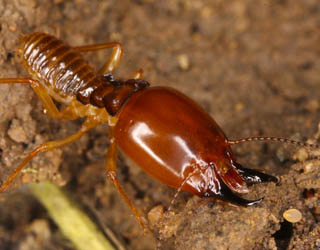
Characterized by their large head and imposing mandibles, it is the task of the termite soldier to protect the colony from potential threats. Due to their large mandibles, termite soldiers are unable to feed themselves and require termite workers to feed them.
Types of termite nests
Termite nests can be classified into three types, these are: subterranean nests (below ground), epigeal nests (protruding from the ground), and arboreal nests (above ground). These nests are mainly composed of termite feces, soil, and sometimes, depending on the species, partly digested plant material is added into the mix. Some species even live within the wood that they are feeding on. These nests not only protect termites from predators, but they also protect the colony from light, pathogens, and even parasites.
-
Mounds
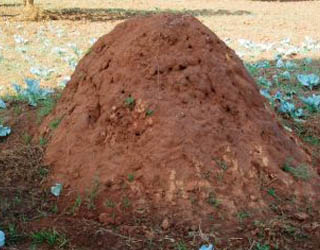
The structure of the mounds can be very complicated yet elegant. On the inside of the mound are extensive systems of tunnels that serves as both ventilation and passage systems for the underground nest. The termites construct several shafts and passage ways leading down to the cellar located beneath the nest to the outside. Spheroidal structure, the nest, consists of numerous gallery chambers and they come in a wide variety of shapes and sizes.
-
Shelter tunnels

Shelter tubes are a common sight in urban areas. These tunnels usually start from the ground up, and are constructed by termites during the night, when humidity is high. Other than the purposes of shelter and darkness, another feature of this tunnel is to provide stable humidity to the colony. Shelter tubes are made from termite feces and soil, and is of brown color. It allows termites to access any food sources that may be too far for the colony. The size of the tube depends on which food source the termites are tapping to.
Signs of infestation
- Mud tunnels are visible inside your house
- Mounds located near your property
- Wooden material around your property are damaged internally
- Termites are visible, crawling about your property